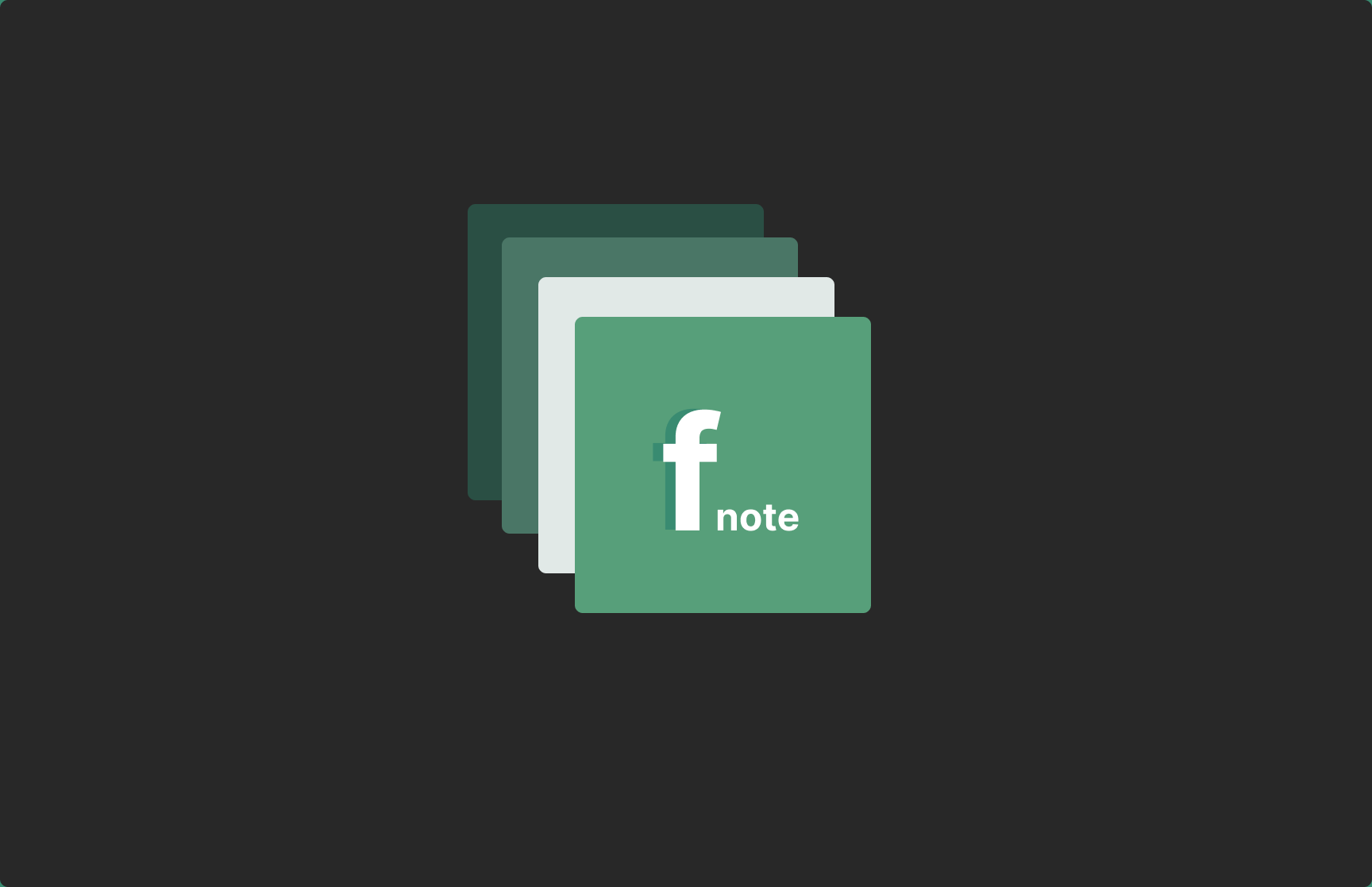My Decade-Long, Love-Hate Relationship with Note-Taking Apps
If you’re anything like me, your digital life is a graveyard of abandoned note-taking apps. For over a decade, I’ve been on a relentless quest for the perfect digital notebook, a journey that has left me with a mixture of appreciation and intense frustration.
Until now… that I have built my own.

It started with the basics, like the simple Windows Notepad. Then came Evernote, which felt revolutionary at the time with its cloud sync and sharing. But it quickly became a behemoth of features I never touched, a digital filing cabinet so cluttered I could barely find the file.
I found a strange kind of love for the spartan, powerful interface of Sublime Text. It was the first app where I experienced the magic of multiple cursors. It let me forget about formatting and just write. But it was designed for code, not prose. The ability to have multiple tabs open was a constant invitation to distraction, pulling me away from the single, focused thought I was trying to capture.
Then came the Markdown-first editors. Typora was almost perfect—simple, clean, and Markdown-native. But then it became a paid app, and trying to export a PDF with any kind of custom styling was an absolute nightmare.
The app that truly pushed me to the edge was Day One. I loved its simplicity and the brilliant feature of associating notes with calendar days. It was beautiful. But it had a fatal flaw, a deal-breaker for me: my notes weren’t my own. They were locked away in a proprietary database, not saved as simple, future-proof text or Markdown files on my computer. That was back in 2020, and it was the first time I seriously thought, “I should just build my own.”
Even today’s giants, Notion and Obsidian, feel like powerful suites designed for everything but focused writing. I admire Notion’s interface, but it’s a tool for building wikis and databases. The temptation to fiddle with page structure is a constant enemy of flow. Obsidian is a phenomenal tool for knowledge management, but sometimes I don’t want to open my entire “second brain” just to capture a fleeting thought.
I knew exactly what I wanted. But there was a catch.
From Product Manager to AI-Powered Builder
I’m not what you’d call a professional, full-time developer. My background is a hybrid: I have a technical foundation and I know how to code, but my career has been in Product Marketing and Management. I know how to listen to users, identify pain points, and design an application that solves a real problem. I had the blueprint for my perfect app, but the gap between blueprint and reality felt vast.
Then, everything changed. The recent explosion in AI Development Assistants created a new possibility. Suddenly, I had a partner. I could bring my product vision, my design sense, and my coding skills to the table, and the AI assistant could help me bridge the gaps, accelerate the development, and handle the heavy lifting.
This journey was no longer a distant dream. It was something I could start right now And so, with my own frustrations as the blueprint and an AI assistant as my tech savvy co-founder, I have built Focus Note. Read more about it https://oliverbarreto.com/focusnote.
The first (really usable beta) version is now available for download. I don’t care if it will always be a beta. I like it the way it already is. And the potential that it has to grow is already mind-blowing.
